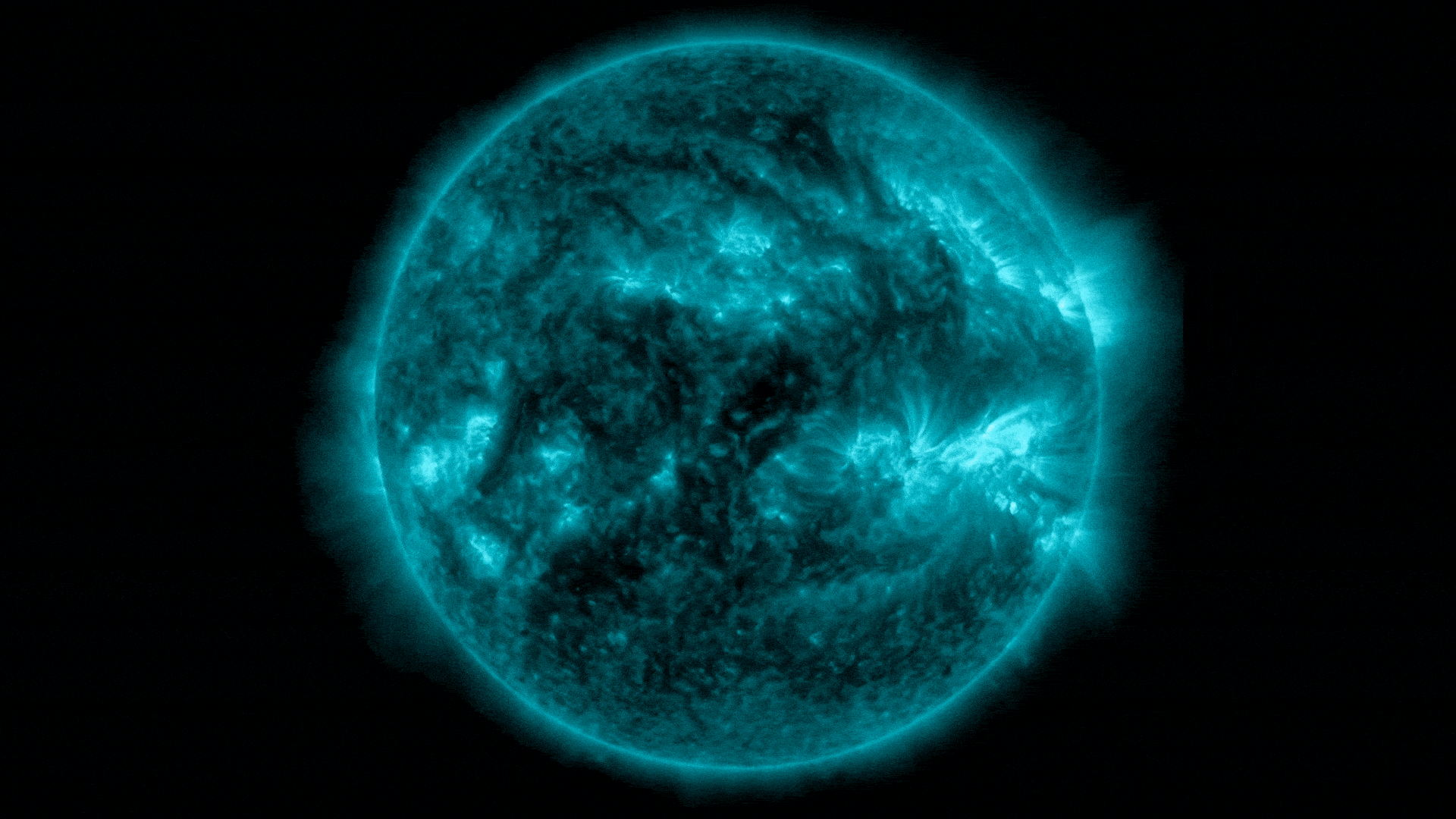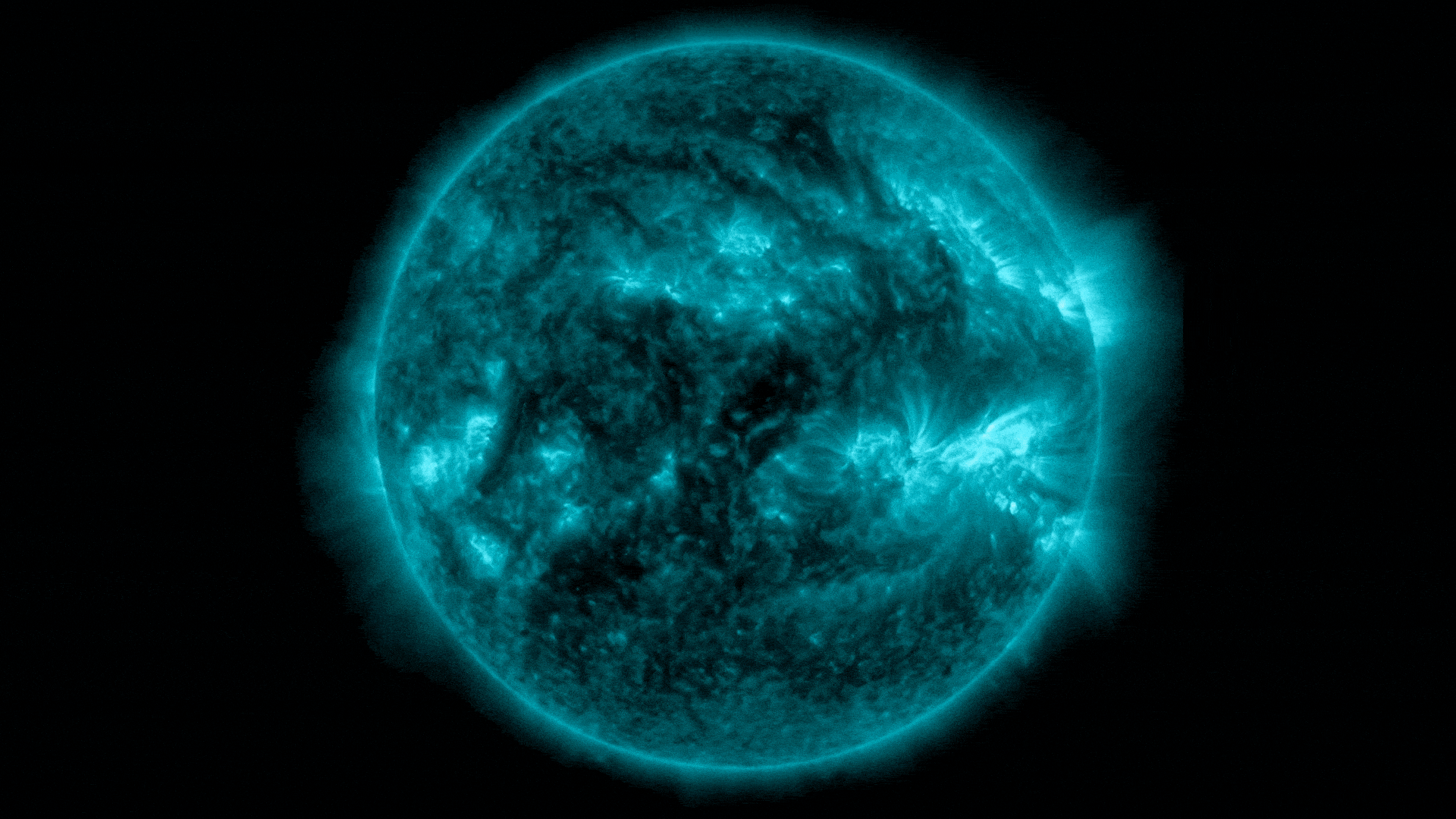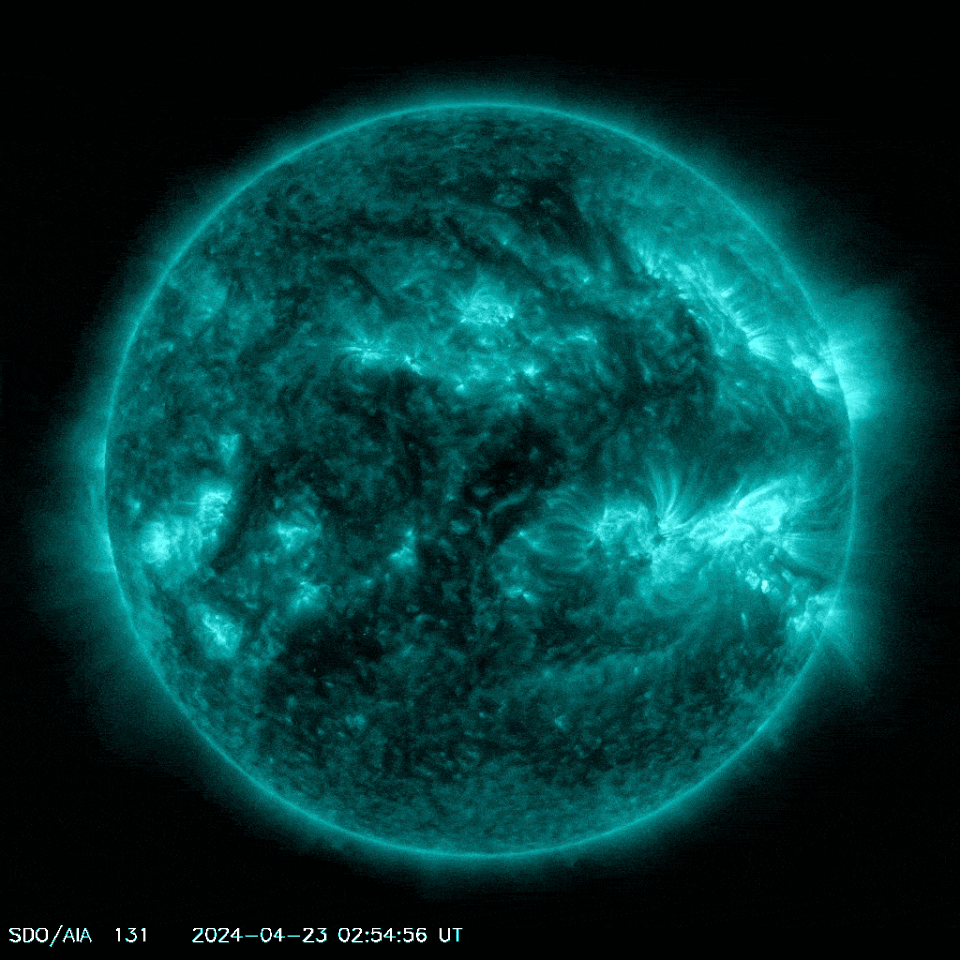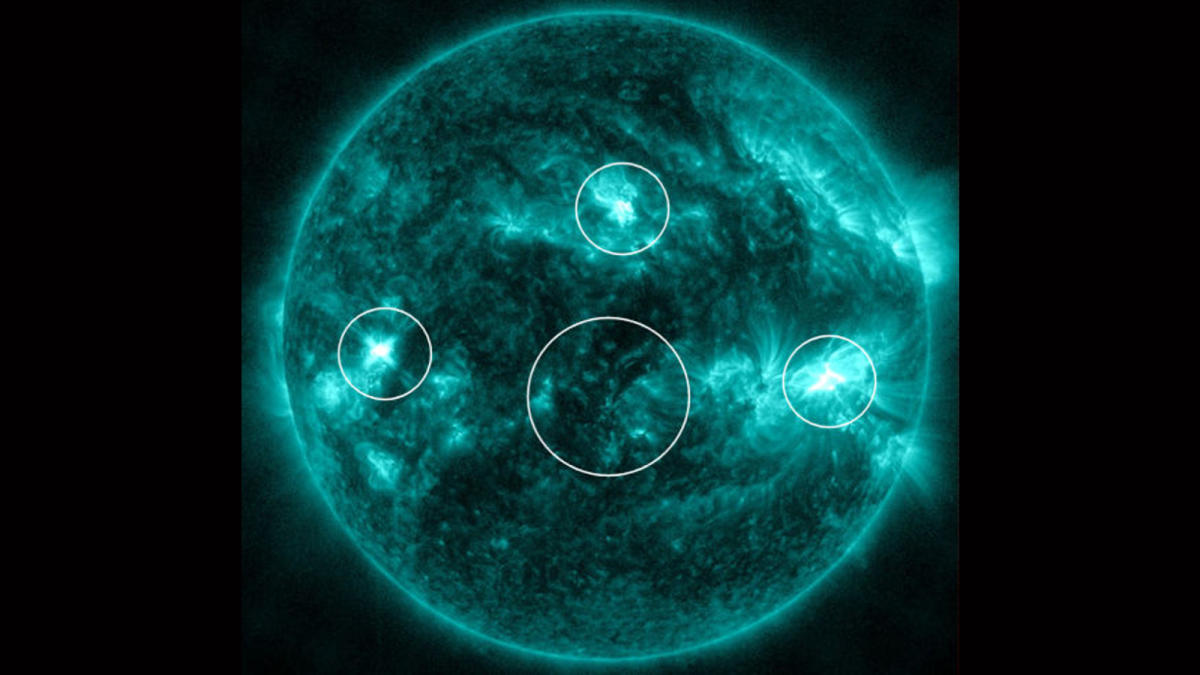
On April 23, 2024, an extraordinary solar event occurred when the sun emitted four synchronous solar flares. This rare occurrence was captured by NASA's Solar Dynamics Observatory and documented by various news outlets. Solar flares are explosions on the sun's surface that emit electromagnetic radiation and occur due to magnetic energy release in the solar atmosphere.
The quartet of eruptions originated from four distinct regions: three sunspots and one magnetic filament. These areas, separated by vast distances, were linked by unseen magnetic loops within the sun's outer layer, known as the corona. This phenomenon is referred to as sympathetic solar flares.
The exact power of this collective blast remains uncertain; however, there is a possibility that some debris may be Earth-directed. The potential impact on our planet could include disruptions to power grids, telecommunication networks, orbiting satellites, and even astronauts in space. This event was described as 'super-sympathetic' due to the quartet of eruptions.
Sympathetic solar flares are more frequent during an increase in solar activity and predominantly occur during the decay phase of the solar cycle. Multiple coronal mass ejections (CMEs) have been reported in the past 24 hours, some of which might be heading towards Earth and could trigger a minor-class G1 geomagnetic storm on April 25 or April 26.
The sun's activity is cyclical, with an approximately 11-year solar cycle. The current solar cycle began in 2019, and the sun has been exhibiting increased activity in recent months. This event serves as a reminder of the importance of monitoring solar activity for potential impacts on Earth.



